David Mitchell
Well-Known Member
Hi all,
I feel like a massive newbie asking this but I know the basic steps to develop film rolls, although not done anything myself it seems pretty straightforward:
How to Develop 120 Roll Negative Film | eHow.com
My question is (please be gentle) what needs to happen now? I am guessing that once its developed and fixed etc it will just be a roll of negatives which will need further development?
What would I need to do to make the developed negatives into proper photos?
I feel like a massive newbie asking this but I know the basic steps to develop film rolls, although not done anything myself it seems pretty straightforward:
How to Develop 120 Roll Negative Film | eHow.com
My question is (please be gentle) what needs to happen now? I am guessing that once its developed and fixed etc it will just be a roll of negatives which will need further development?
What would I need to do to make the developed negatives into proper photos?

